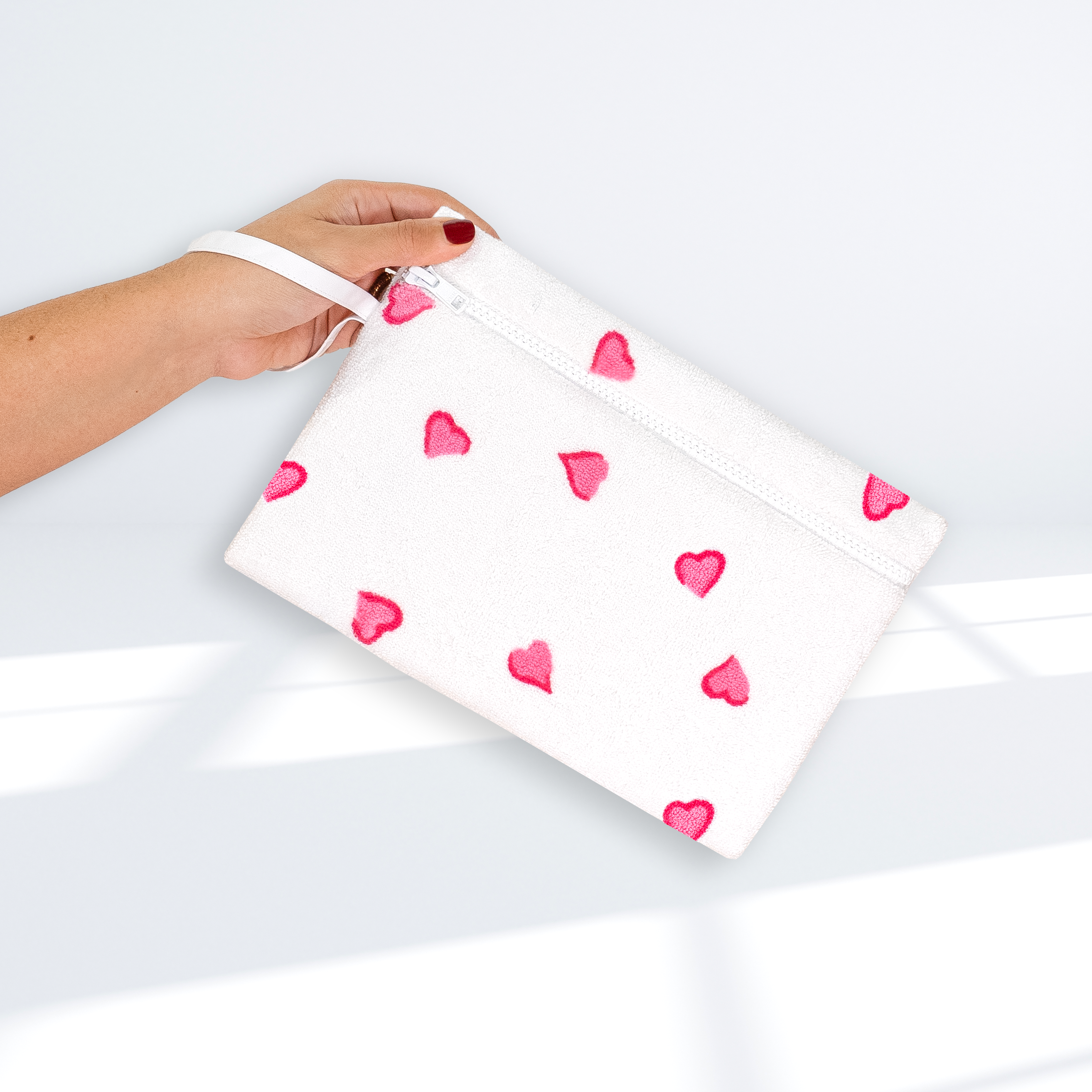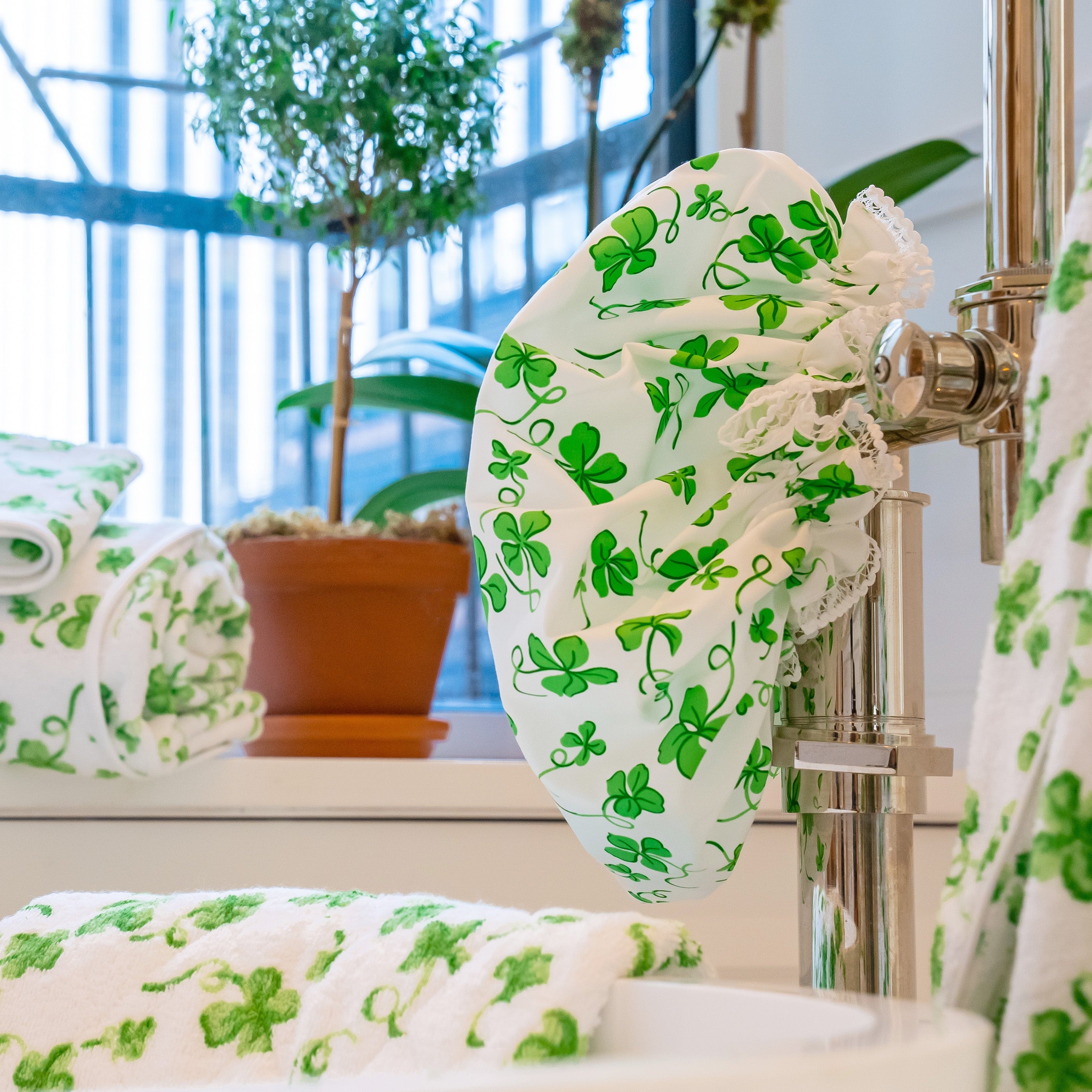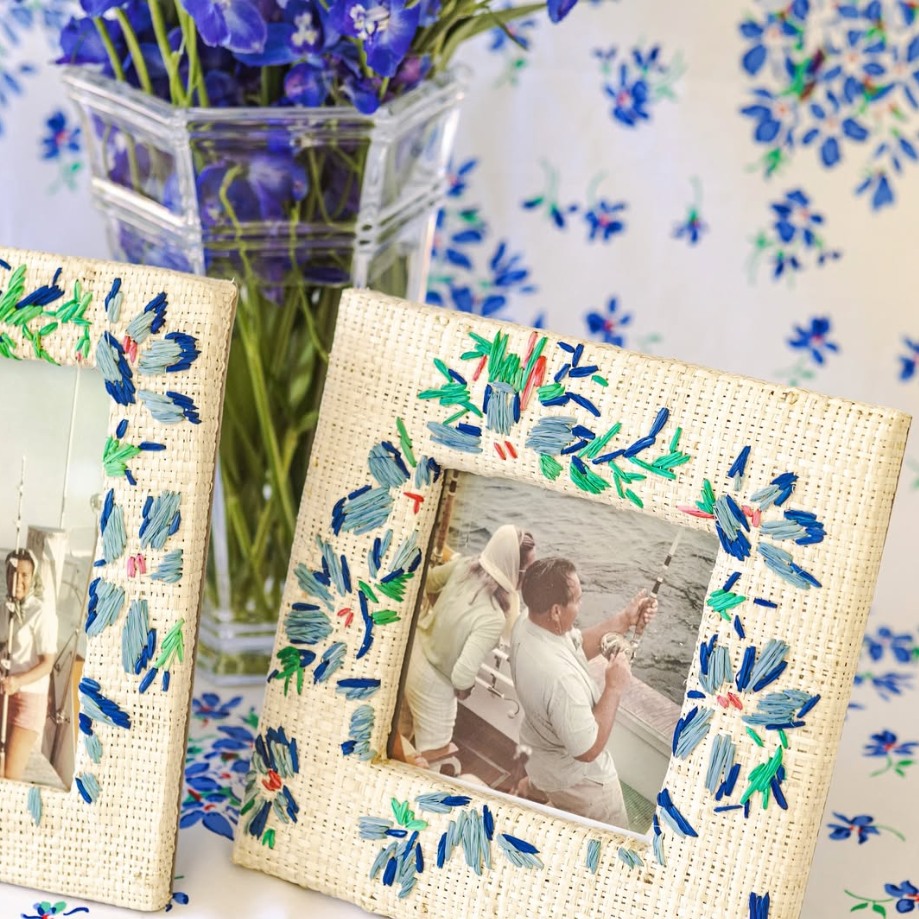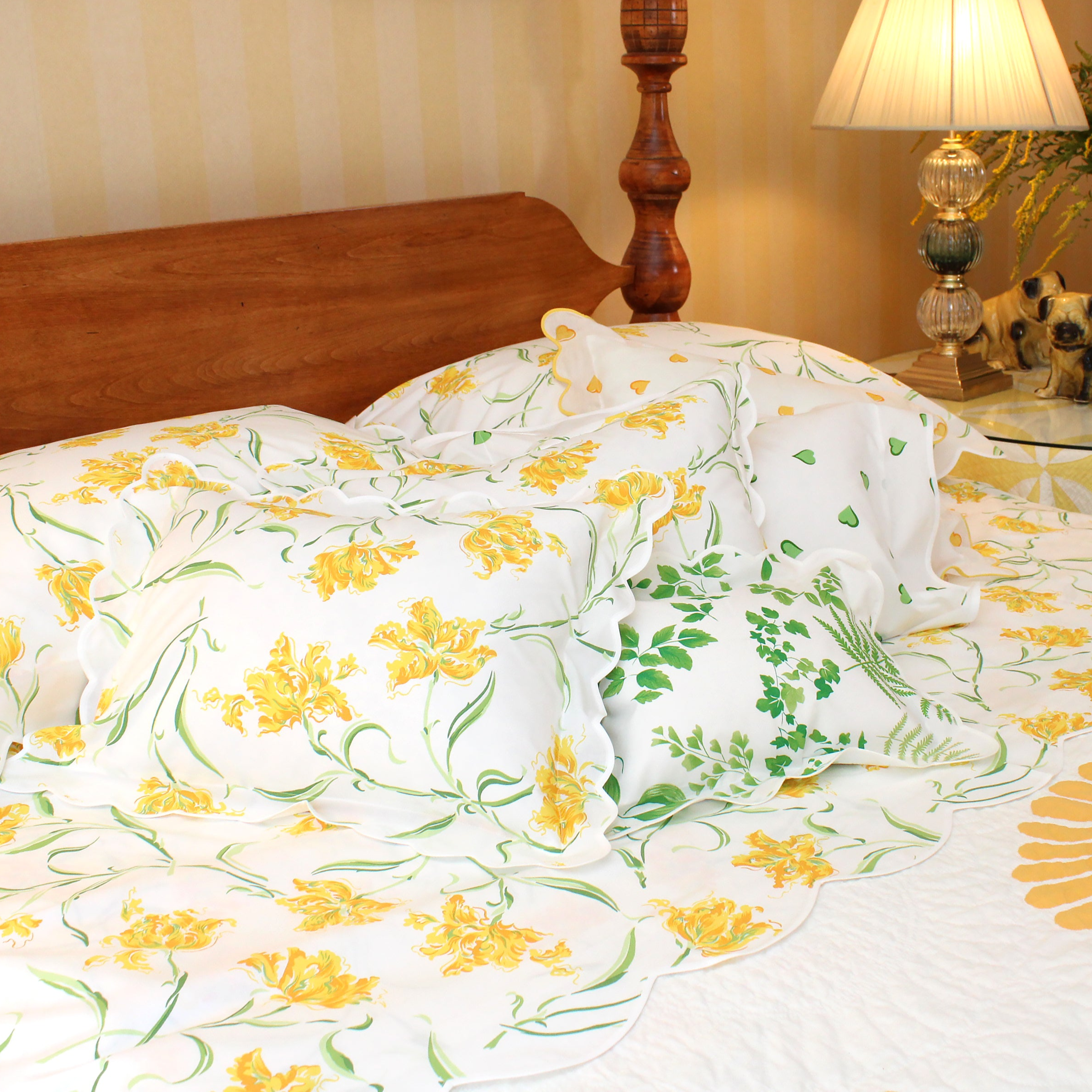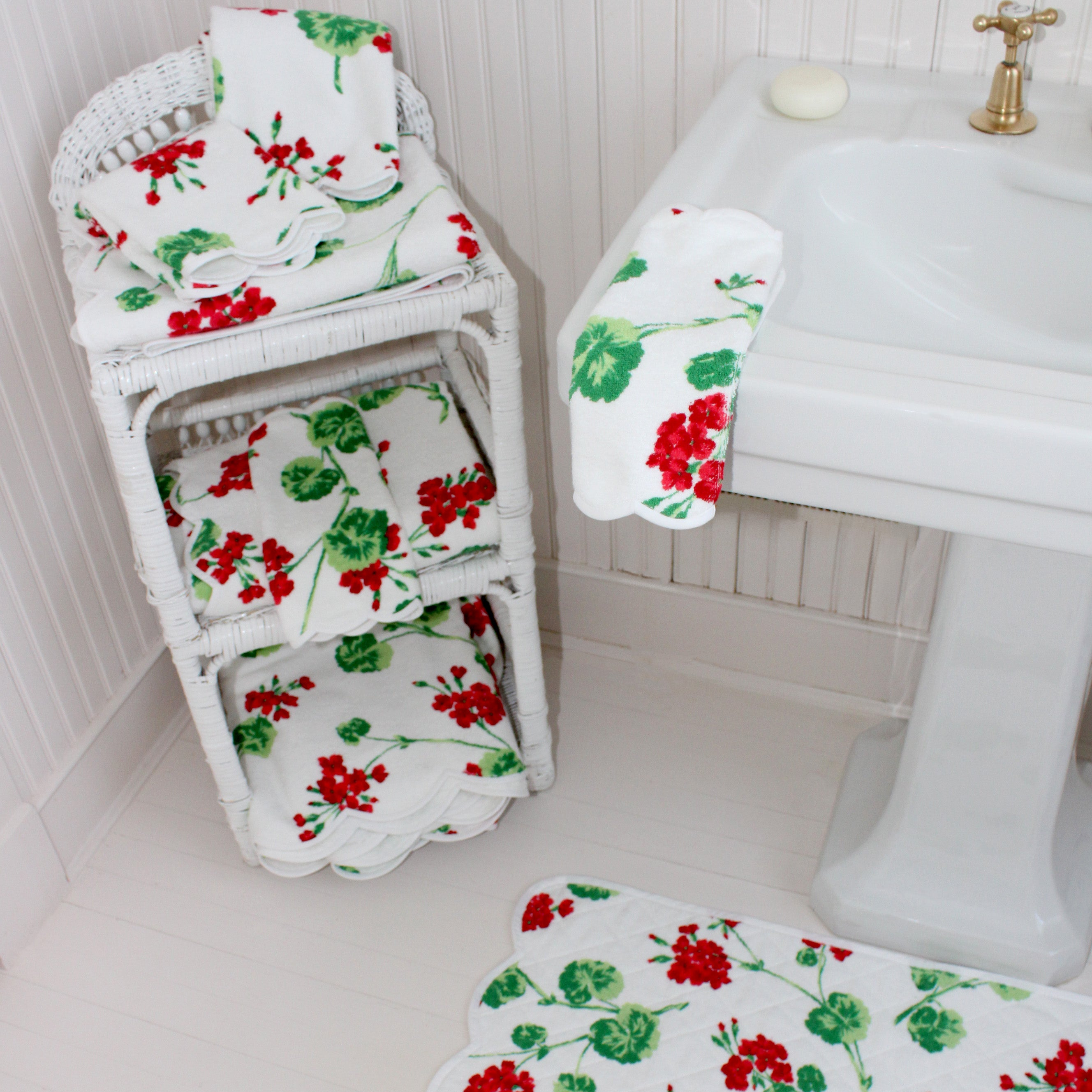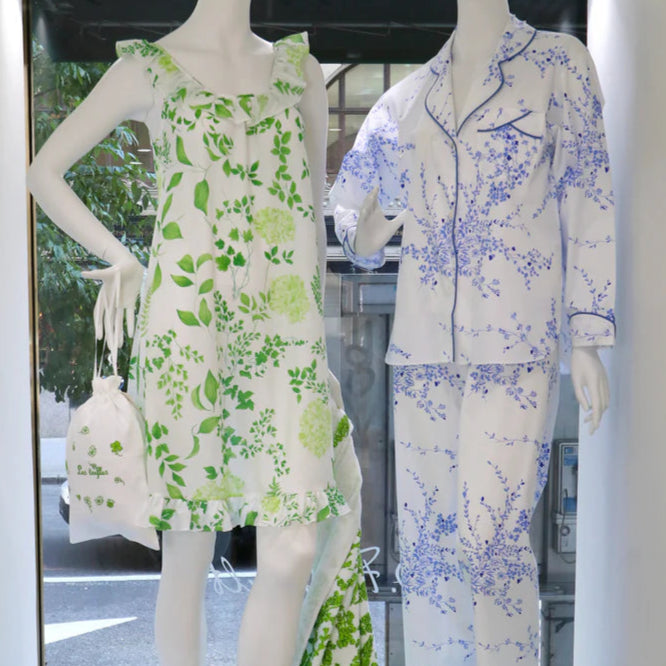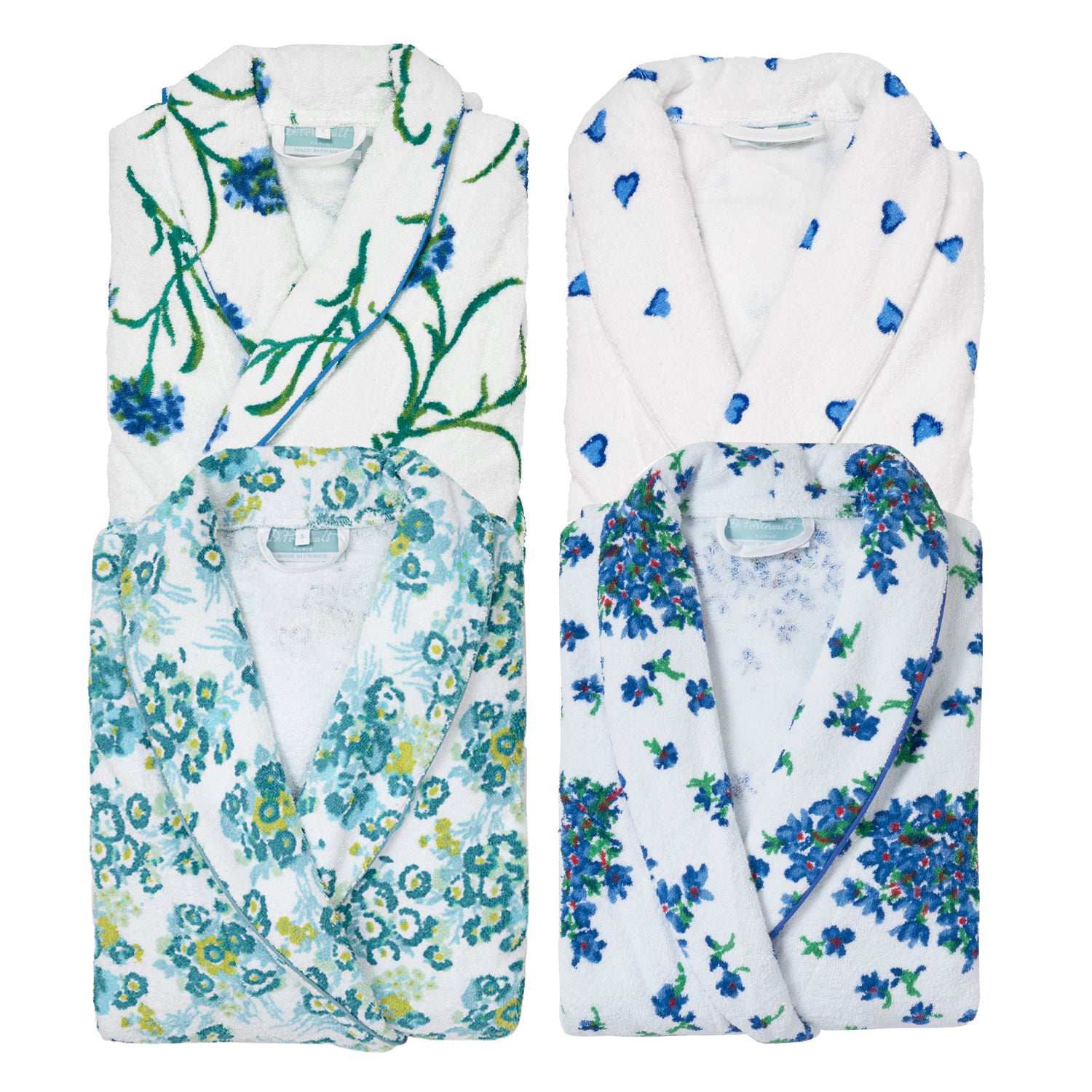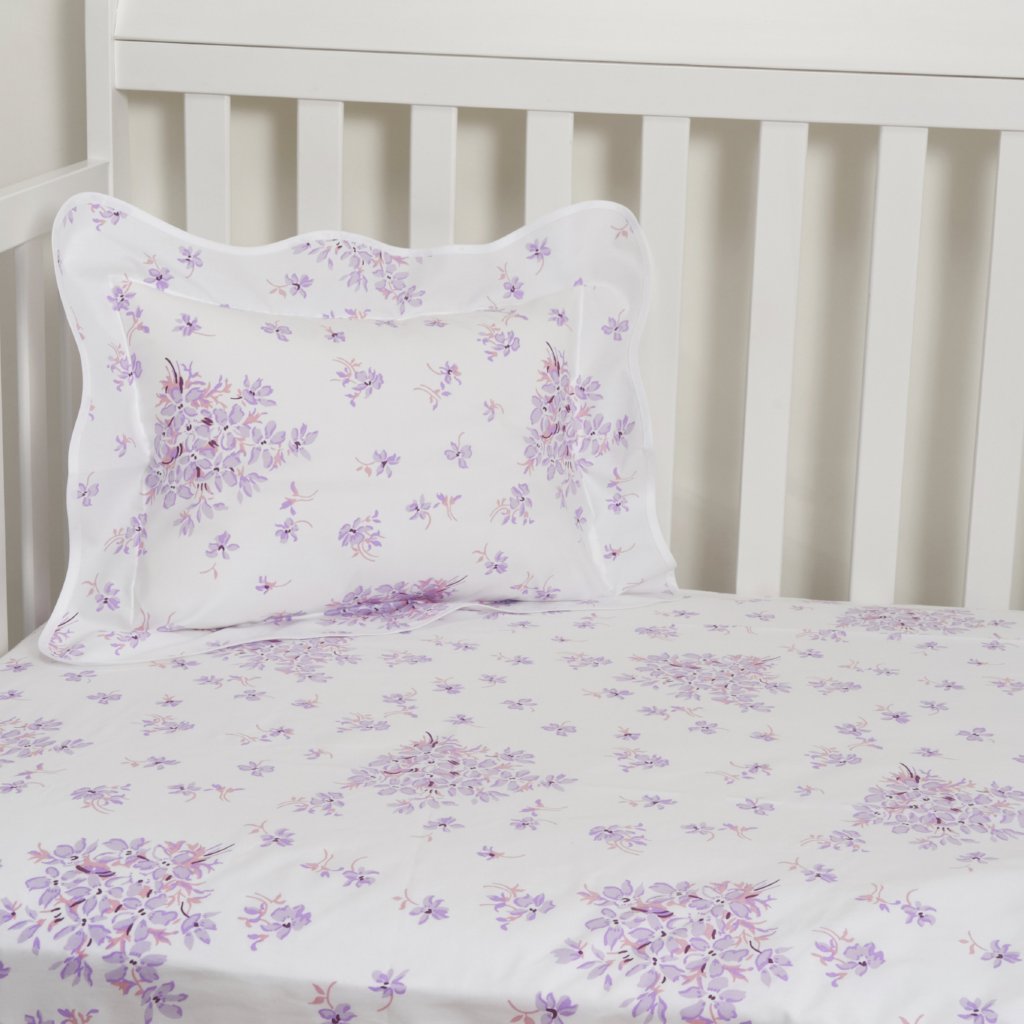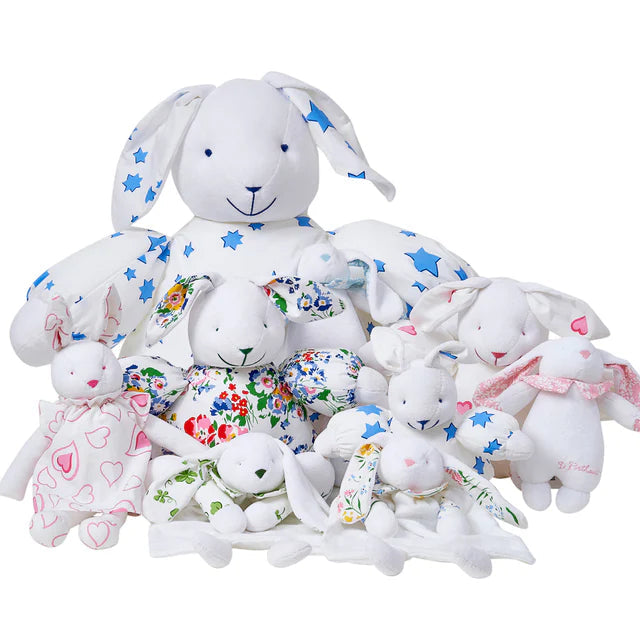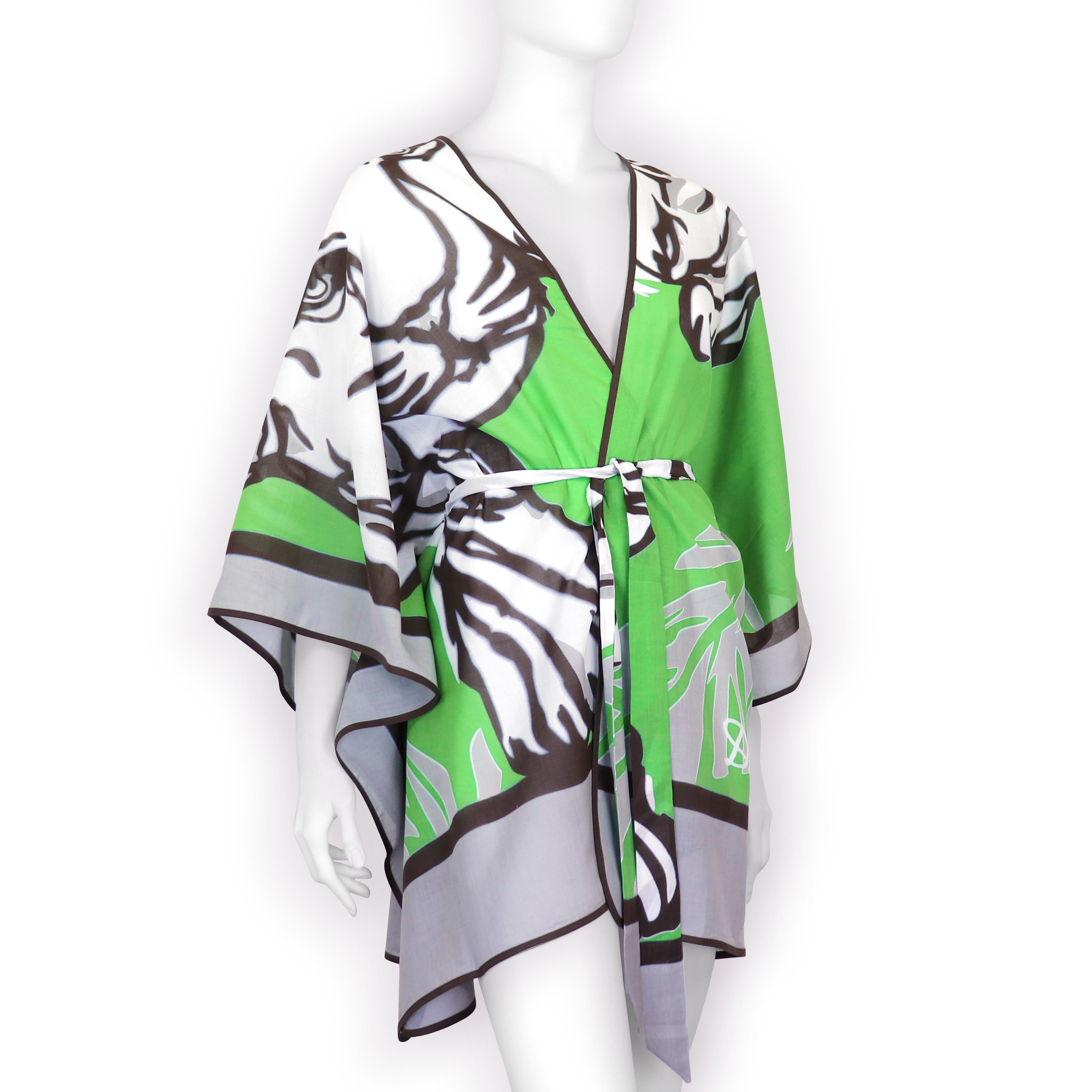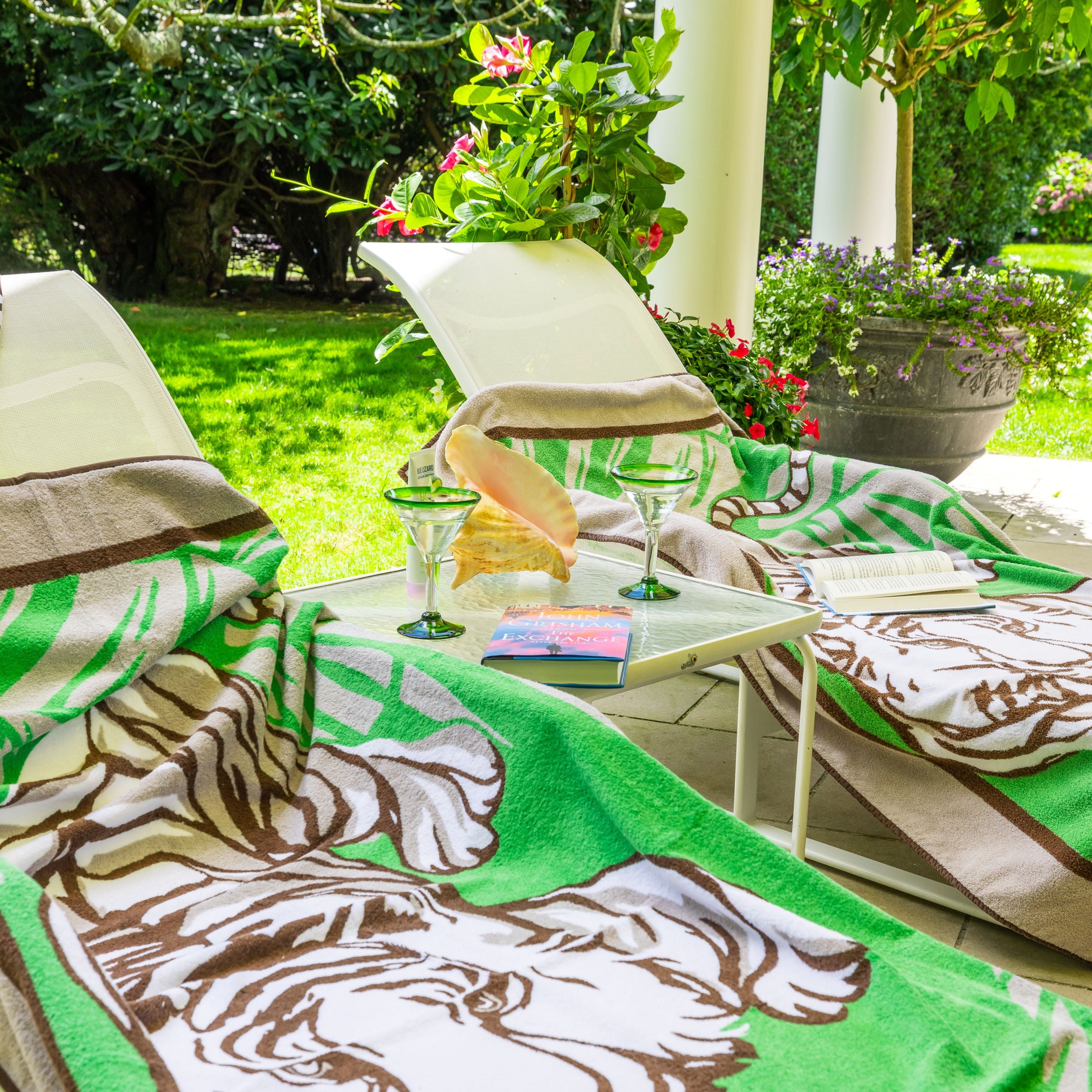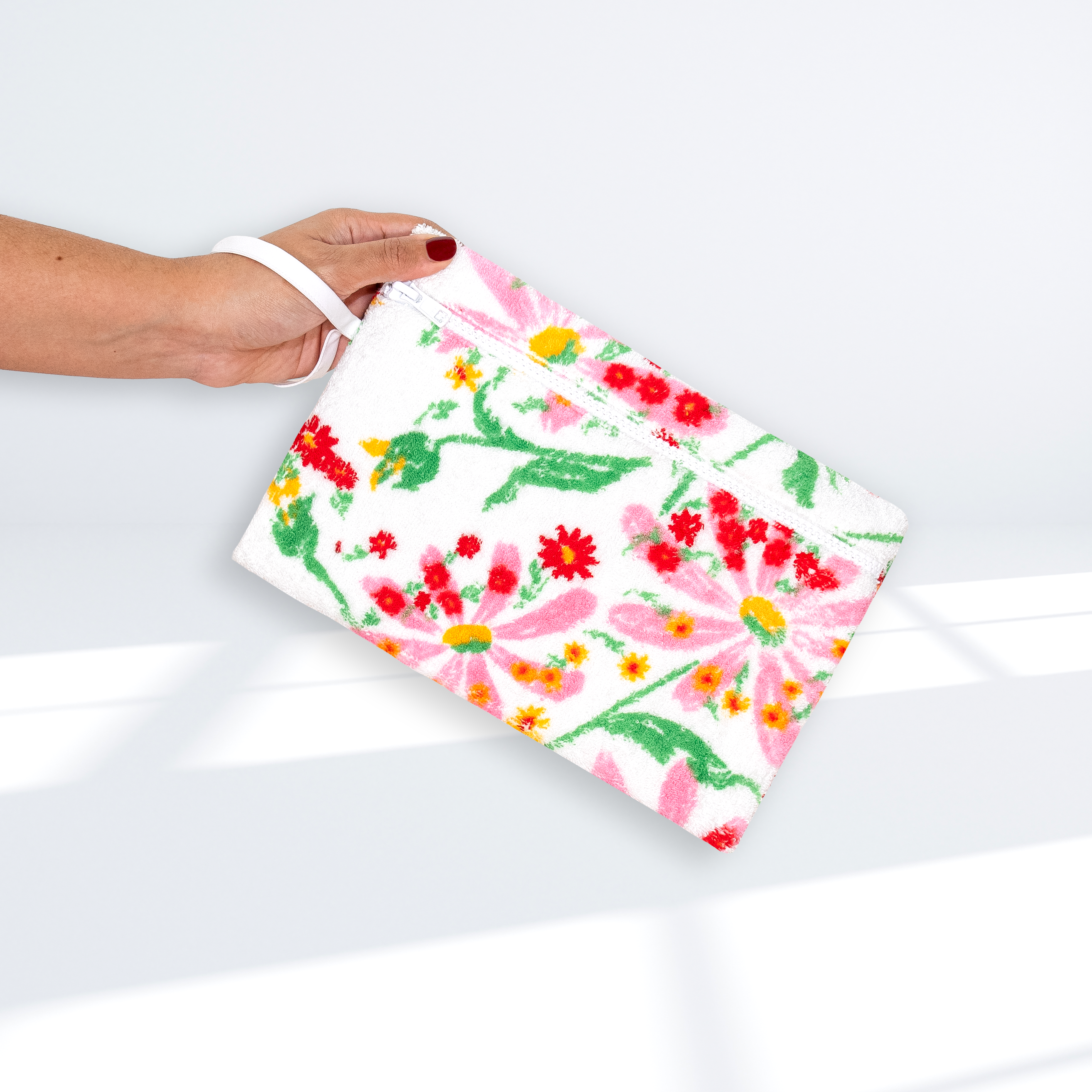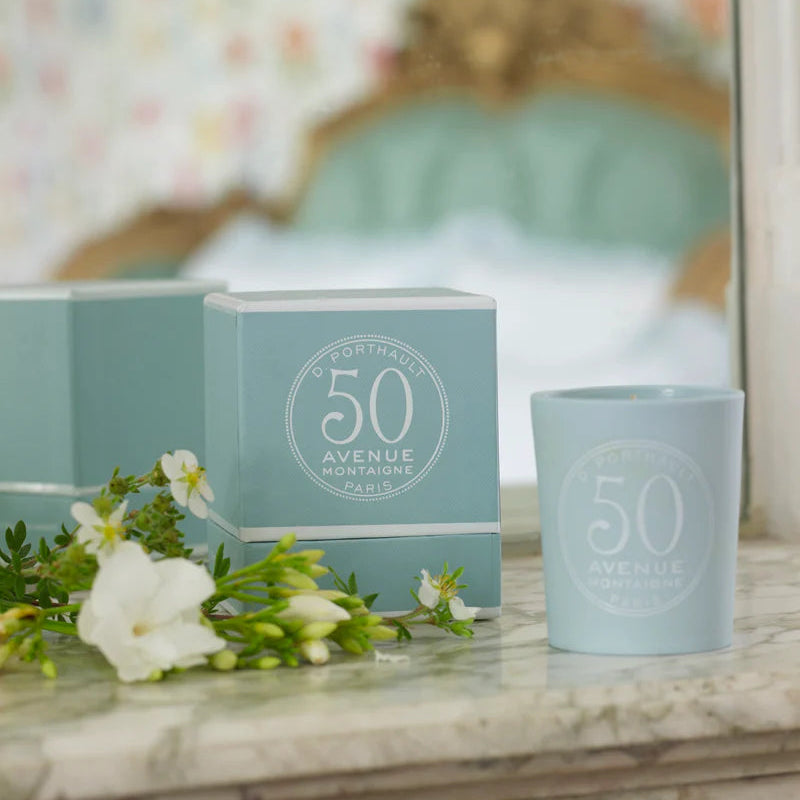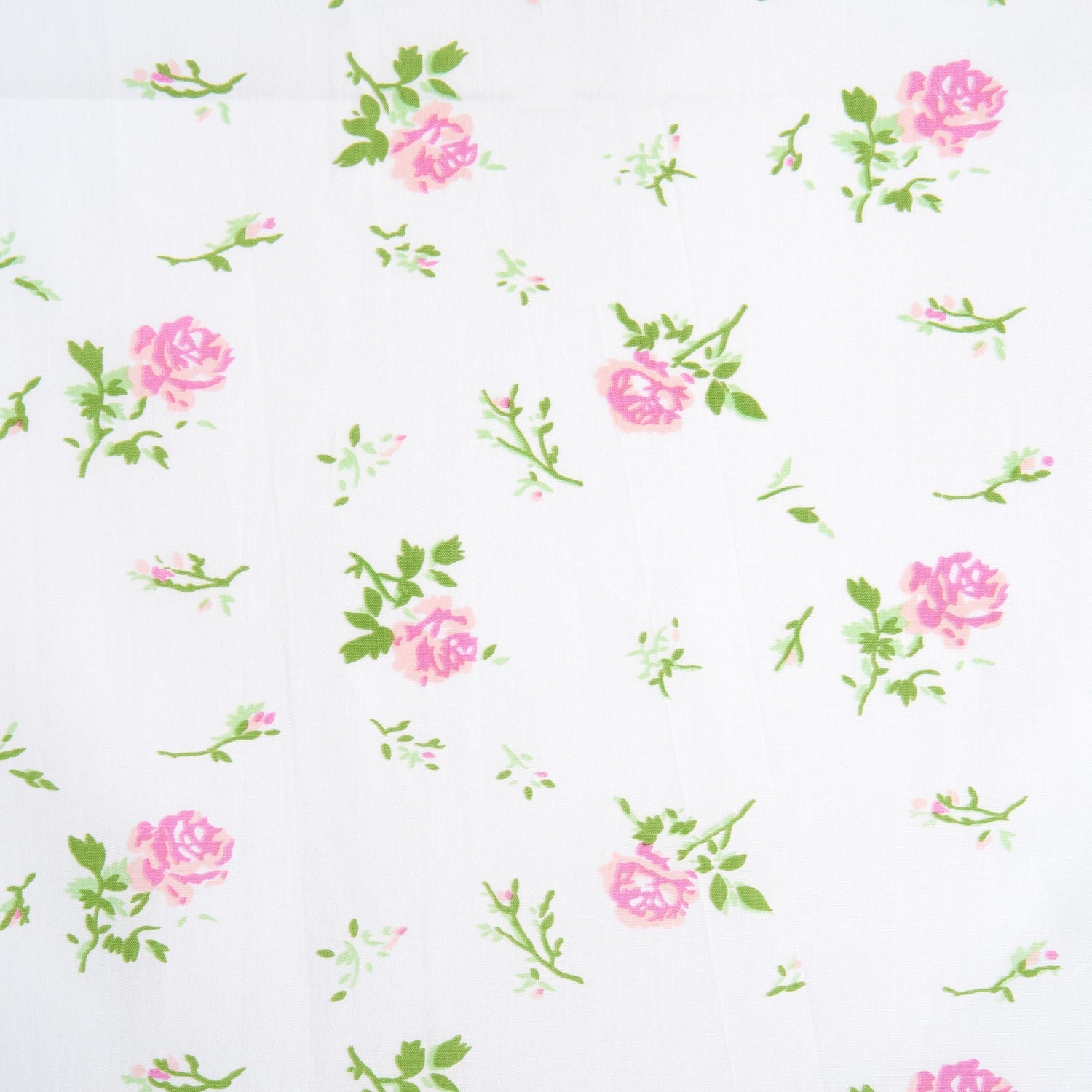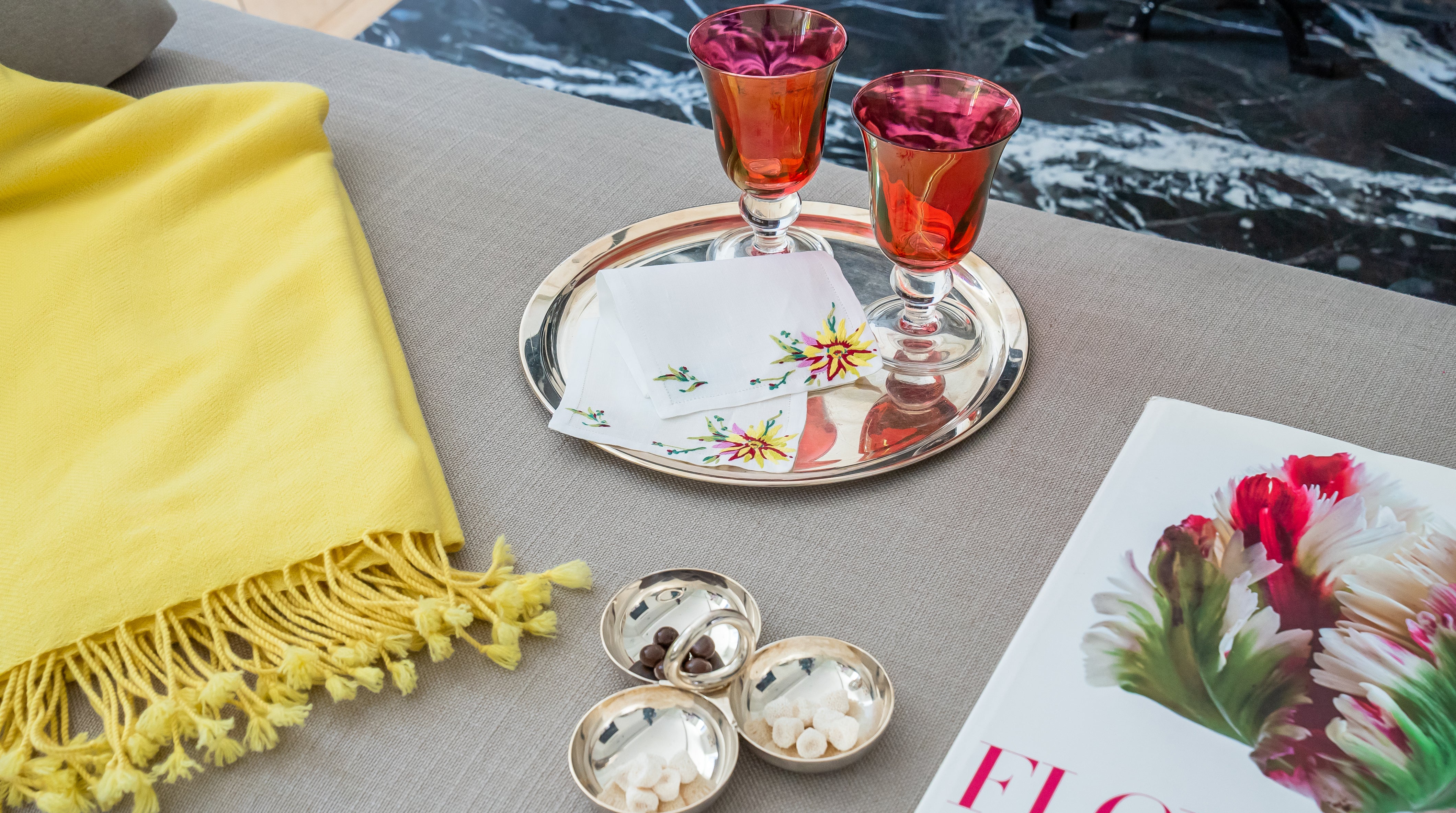Motivated by his own vision and the innovations of the prior century’s Industrial Revolution, Daniel Porthault created an eponymous weaving company in northern France in 1920. Daniel’s skill at combining French craftsmanship with new weaving technologies was rewarded, and Paris fashion houses began purchasing their textiles from D. Porthault. Daniel also constructed looms capable of weaving greater widths than previously available ~ providing seamless bed and table linens to a growing list of private clients.
Madeleine Porthault soon joined her husband’s company. As a young woman, Madeleine had trained with the French couturière Maggie Rouff. From this early exposure to couture dress-making, Madeleine was inspired to confect a lingerie collection with her husband’s fine linen batiste ~ today the cotton voile still woven in D. Porthault’s factory in Cambrai, France. Madeleine’s creations were influenced by the artistic movements (the curved aesthetics of Art Nouveau and the spontaneity of Impressionism) as well as by the fashion revolution (new ‘liberating’ silhouettes) of her day. (Please see our Blog of February 2020.)
Innately artistic, Madeleine began adding hand-painted motifs to the lace insets and intricate tucks and bl rose, with reds, pinks and a touch of green to symbolize love, romance and joy. Her hand-painted confections were immediately successful and became highly coveted.
In 1934, Princess Marina of Greece and Denmark commissioned a lingerie trousseau for her marriage to Prince George, the youngest son of King George V of England. Princess Marina had been one of Madeleine Porthault’s earliest clients, and she was captivated by Madeleine’s floral designs. When the Princess was presented with a nightgown of the palest yellow batiste with sprays of tiny pink roses for her wedding, she implored Madeleine to paint, for the first time, bed linens to match. The wedding was held at Westminster Abbey to much fanfare, and among its many reported details, the trousseau of coordinating lingerie and hand-painted bed linens was a remarkable standout.
A new fashion was born, and by the 1950s the Porthaults had perfected the technique of frame printing that D. Porthault still uses today ~ all to capture the shimmering colors and movement of Madeleine’s original painted designs. (Please see our Blog of January 2020.)
For our company’s 100th Anniversary, we honor Madeleine Porthault’s vision and dedication to creating linens that envelop our senses and enchant us with color.
Madeleine’s little royal roses inspired a multitude of blossoms as the years went on. Today, D. Porthault’s portfolio garden holds more than one thousand flowers, but Madeleine’s Rose was among the first.

Pictured above: Princess Marina on her wedding day.

A corner of our garden today.

